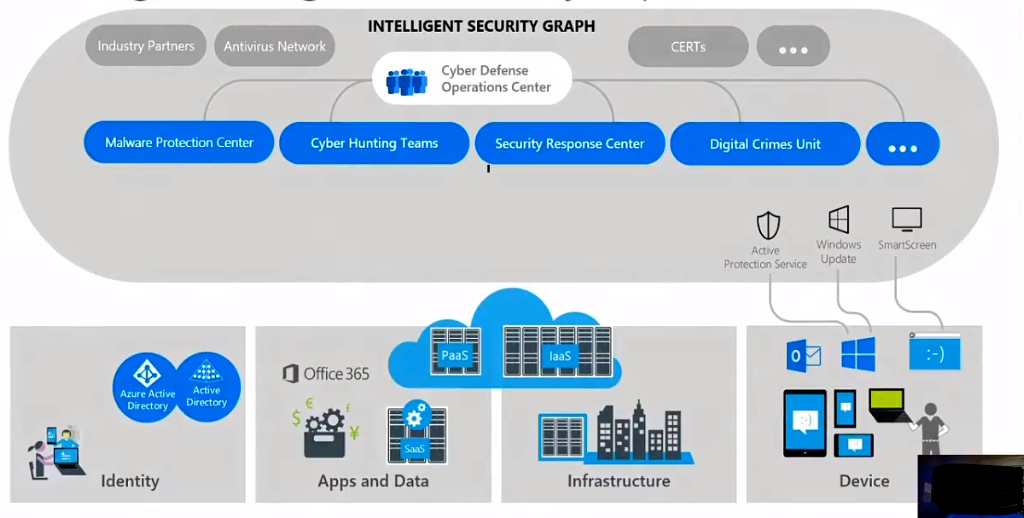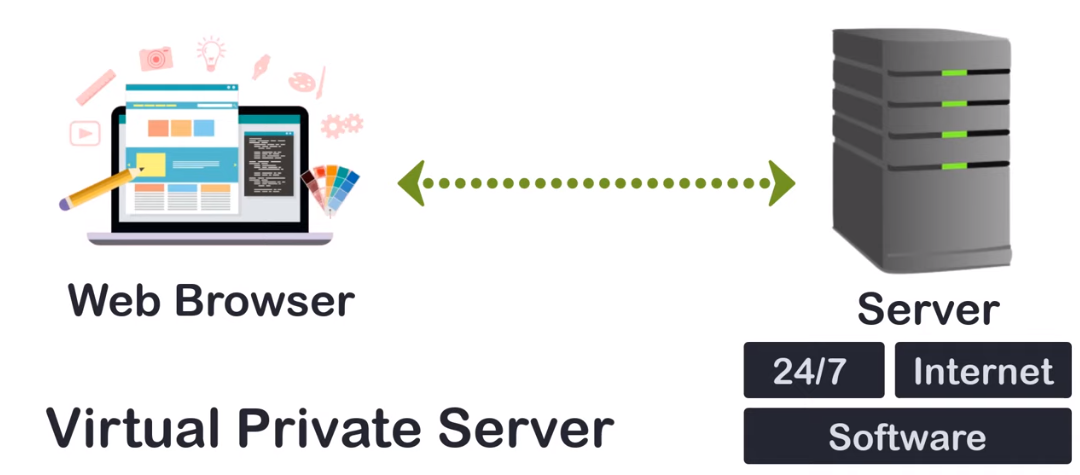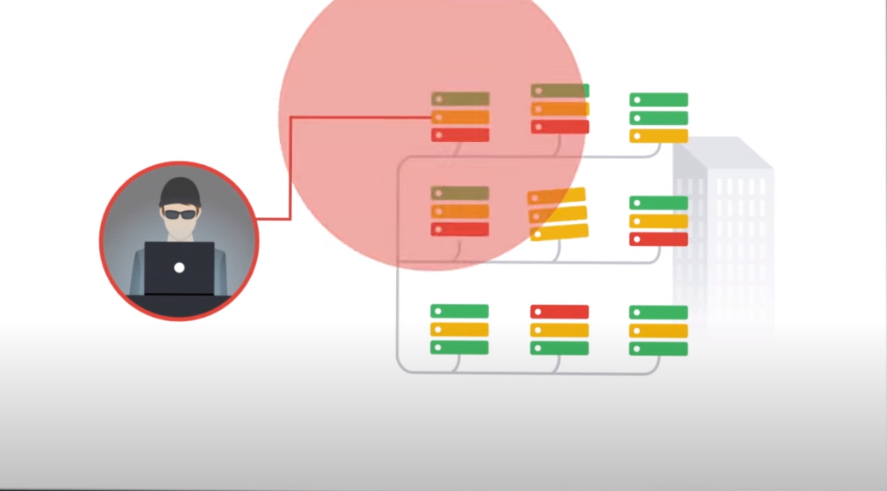Introduction
What is a Data Security Plan?

A data security plan is a comprehensive strategy that outlines measures taken by an organization to protect sensitive information from unauthorized access, theft, or misuse. It involves identifying critical data assets, assessing risks and vulnerabilities, defining policies and procedures for handling data, implementing technical controls such as firewalls and encryption methods, and training employees on best practices.
A well-designed data security plan should be tailored to the specific needs of an organization and should take into account any regulatory requirements governing the handling of certain types of data. The plan should also include regular testing and monitoring to ensure that it remains effective against evolving threats.
Why Do Businesses Need A Data Security Plan?
It is crucial for companies to have a solid data security plan in place to protect sensitive information from cybercriminals. A comprehensive data security plan can help businesses identify potential vulnerabilities and take steps to mitigate the risks. This may include implementing firewalls, encryption, access controls, and other measures designed to safeguard sensitive data.
It also helps ensure compliance with regulatory requirements. Depending on the nature of the business and the type of data being collected and stored, there may be legal obligations that must be met in terms of protecting personal information. A well-developed security plan can help demonstrate compliance with these regulations if required.
The Ultimate Guide to Creating a Data Security Plan
Step 1: Assessing Your Data Security Risks
Identifying Sensitive Data

Sensitive data can be found in various forms such as personally identifiable information (PII), financial details, and confidential business information. Identifying these types of data is crucial for creating a robust data security plan. PII includes an individual’s name, address, Social Security number, email address, and other personal identifiers that can be used to locate or identify them. Financial information encompasses payment card details and bank account numbers that could lead to fraudulent activities if they fall into the wrong hands.
Confidential business information may include trade secrets, product specifications or designs, marketing strategies, and intellectual property rights among others. The identification of this sensitive data requires businesses to conduct regular audits of their systems and processes periodically to monitor any potential risks. This will enable the organization to assess its current security posture and take necessary steps towards ensuring that all sensitive data is appropriately protected from unauthorized access or disclosure.
Evaluating Potential Threats

Threats can come from various sources such as hackers, malware, human error, and natural disasters. It is crucial to identify these threats and their potential impact on your business and customers.
To evaluate potential threats, conduct a risk assessment. This process involves identifying vulnerabilities in your systems and processes, determining the likelihood of an attack or other security incident occurring, and evaluating the severity of its impact if it does occur. The results of this assessment can help prioritize which areas need the most attention when implementing security measures.
Analyzing Vulnerabilities
Analyzing vulnerabilities involves identifying potential weak points in your system that could be exploited by attackers. One way to do this is by conducting regular vulnerability assessments, which involve scanning your network and software for known vulnerabilities and weaknesses. These assessments should be performed by experienced professionals who can analyze the results and provide recommendations for addressing any identified issues.
Understand the different types of threats that your business may face. This includes not only external threats such as hackers and cybercriminals but also internal threats such as employee negligence or malicious behavior. By analyzing these different types of threats, you can better understand how to protect your business from them.
Conducting a Risk Assessment
Conducting a risk assessment helps identify potential risks and vulnerabilities that can compromise the confidentiality, integrity, and availability of sensitive information. A risk assessment involves analyzing the systems, processes, and people involved in handling data to determine their level of exposure to threats.
The first step in conducting a risk assessment is identifying the assets that need protection. This includes all types of sensitive information such as financial data, customer information, intellectual property, and trade secrets. Once you have identified these assets, you need to assess the potential threats that could compromise them. These may include cyberattacks, physical theft or damage to equipment or infrastructure.
Step 2: Developing Your Data Security Strategy
Establishing Security Policies and Procedures
Security policies and procedures should cover all aspects of your organization, from physical security to access controls to incident response plans. By creating clear guidelines for employees, you can ensure that everyone understands their role in maintaining the security of sensitive information.
Implementing Access Controls
Access controls ensure that only authorized individuals can access sensitive or confidential information, and prevent unauthorized access, theft, or misuse of such data. Access controls include various technical and administrative measures that limit the ability of users to view, modify, copy, or delete data based on their role, responsibilities, and level of clearance.
Encrypting Sensitive Data
To effectively implement encryption in your data security strategy, identify which types of data are considered sensitive and require protection. This may include financial information, personal identification details, and confidential company documents. Once identified, you can determine which encryption methods are appropriate for each type of data based on their level of sensitivity.
Selecting and Deploying Security Tools
There are various types of security tools available in the market, including firewalls, intrusion detection systems (IDS), antivirus software, encryption tools, and more. Before selecting any tool, it’s essential to assess your organization’s specific needs and evaluate various options based on budget constraints.
Once you have selected the appropriate security tools for your organization, it’s time to deploy them. Deploying these tools involves configuring them properly and integrating them into the existing system seamlessly. This process requires technical expertise and knowledge of cybersecurity best practices.
Defining Incident Response Plans
Incident response plans (IRPs) are protocols and procedures designed to help organizations respond effectively to cybersecurity incidents. They outline the steps to be taken in case of a data breach, cyber attack, or any other security incident that could compromise business operations, customer privacy, or sensitive information. The main goal of an IRP is to minimize the negative impact of a security event by containing and resolving it as quickly as possible.
An effective IRP should clearly define the roles and responsibilities of all stakeholders involved in incident response, from IT staff to senior executives. It should also establish communication channels for reporting incidents and ensure that everyone is aware of the escalation process. Moreover, an IRP should include specific actions for identifying and mitigating the root cause of a security incident, such as isolating infected systems or blocking malicious traffic. (www.disabilityhelpcenter.org)
Step 3: Communicating Your Data Security Plan
Once you have thoroughly assessed the risks and established a data security plan, it’s time to communicate it effectively. This step is crucial to ensure that everyone in your organization understands the importance of data security and their role in maintaining it. Start by creating clear and concise policies outlining your data security measures. These should include guidelines for password protection, access controls, data backup procedures, and incident reporting.
Conduct regular training sessions to educate employees on the policies and best practices for safeguarding sensitive information. Reinforcing these principles will help instil a culture of vigilance within your team. Additionally, be transparent with customers about how you handle their data by including an accessible privacy policy on your website or app. Be sure to explain how you collect, use, store and share customer information.
Step 4: Testing and Evaluating Your Data Security Plan
Regular Security Assessments
Regular security assessments are a crucial component of any data security plan. Conducting these assessments at regular intervals allows businesses to identify and address potential vulnerabilities before they can be exploited by cybercriminals. Additionally, it helps organizations comply with regulatory standards that require periodic security assessments.
During a security assessment, businesses evaluate their current security measures and practices to determine if they are sufficient for protecting sensitive data. This includes reviewing access controls, network configurations, and software updates. The assessment should also include penetration testing to simulate an attack on the system and identify any weaknesses that could be exploited.
Conducting Penetration Testing
Penetration testing, also known as pen testing, is an essential part of any data security plan. It involves simulating a real-world cyber attack to identify weaknesses in your company’s digital infrastructure. The goal is to uncover vulnerabilities before malicious hackers can exploit them and steal sensitive information.
To conduct a successful penetration test, start with a clear scope that outlines the goals and objectives. This should include identifying the systems and applications that will be tested, as well as any potential risks or limitations. From there, you’ll need to select the appropriate tools and techniques for the test based on your specific environment and needs.
Once the test is complete, analyze the results carefully and prioritize any identified issues based on their severity. Remediation steps should then be taken promptly to address these vulnerabilities before they can be exploited by cybercriminals.
Incident Response Drills
Incident response drills help organizations prepare for various cybersecurity incidents and minimize the impact on their business operations. Through these drills, businesses can test their incident response capability and identify areas that need improvement.
To conduct an incident response drill, define the scope of the exercise. This includes identifying the type of incident being simulated, who will be involved in the exercise, and what resources will be needed. Once the scope is defined, it’s important to create a realistic scenario that simulates a real-world cyber-attack.
During the drill, everyone involved should follow established protocols and procedures for responding to an actual security breach. Departments across all levels should work together seamlessly to contain the breach as quickly as possible while minimizing damage caused by it. After completion of each drill, stakeholders must debrief on lessons learned and ensure that improvements are made where necessary so that they can better respond in future incidents.
Continuous Improvement Strategies
Continuous improvement strategies are necessary to ensure that your data security plan is up-to-date and can withstand any new threats posed by cyber attackers. One approach to achieving continuous improvement is by conducting regular assessments of your data security framework, identifying areas that need improvement, and taking corrective actions.
Providing regular training on cybersecurity best practices will help keep employees informed about the latest threats and how they can protect sensitive business information from cyber-attacks. This also helps create a culture of awareness and accountability among employees who handle confidential customer data.
Collaborating with external experts in cybersecurity can also provide valuable insights into improving your current plan. Working with third-party vendors or engaging in industry associations enables you to stay ahead of emerging trends in cybersecurity while keeping track of best practices across different sectors. This collaboration provides opportunities for learning from others’ experiences while strengthening existing partnerships with clients, suppliers, and other stakeholders involved in the protection of customer data.
Frequently Asked Questions (FAQs)
What Is The Difference Between A Data Security Plan And A Disaster Recovery Plan?

A Data Security Plan focuses on protecting sensitive information from unauthorized access or theft, while a Disaster Recovery Plan outlines the steps to be taken in the event of a natural disaster, system failure, or cyberattack.
A Data Security Plan includes measures such as encryption, access controls, and regular data backups to ensure that confidential information remains protected against potential breaches. It also involves conducting risk assessments and implementing security policies that align with industry standards and regulations.
On the other hand, a Disaster Recovery Plan outlines procedures for restoring operations after an unforeseen event that affects business operations. This includes identifying critical systems and data recovery priorities to minimize downtime during an emergency. The plan should also include training all employees on their specific roles in executing the recovery process.
Who Needs A Data Security Plan?
Any business that collects, processes or stores sensitive data should have a plan in place to protect it. This includes but is not limited to financial institutions, healthcare providers, e-commerce businesses and even small startups.
What Are Some Common Mistakes To Avoid When Creating A Data Security Plan?
Failing to identify all potential threats and vulnerabilities. Often, businesses only focus on external threats but forget about internal ones such as employee errors or system failures.
Overlooking the importance of employee education and training. Your employees should understand the importance of data security and be aware of their roles in maintaining it. Without proper training, they may unwittingly cause a security breach by sharing passwords or clicking on suspicious links.
Many businesses make the mistake of not regularly reviewing and updating their data security plan. Threats are constantly evolving, so your plan should also evolve with them. Regular reviews can help identify new risks and vulnerabilities that need addressing to prevent future breaches.
What Are The Consequences Of Not Having A Data Security Plan?
The consequences of not having a data security plan can be severe, both in terms of financial losses and damage to reputation. In the absence of a clear plan, businesses are more vulnerable to cyber attacks, which can result in loss or theft of confidential information such as customer data or intellectual property. This can lead to costly legal actions and fines for non-compliance with data protection regulations.
Furthermore, without a data security plan, businesses may struggle to recover from an attack or breach. Customers are increasingly concerned about the safety of their personal information and are likely to take their business elsewhere if they feel that their privacy is not being adequately protected. The damage done to a company’s reputation can be difficult to repair once trust has been lost.
Conclusion
A robust data security plan is crucial for protecting your business and customers against cyber threats. It starts with identifying the sensitive information you collect and where it’s stored or transmitted. This knowledge will help you choose the right security tools to secure your network perimeter, endpoints, and applications.
Effective data protection also involves access control policies that restrict access to authorized personnel only. You should also have an incident response plan in place to quickly detect and respond to any data breaches or cyber-attacks.
